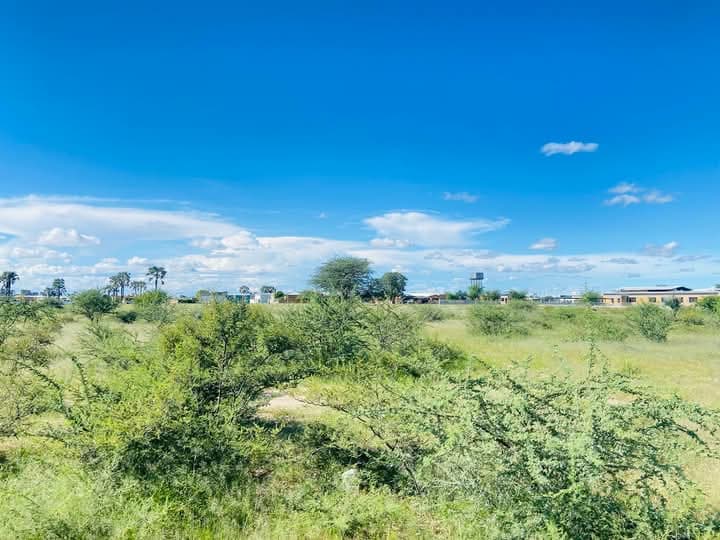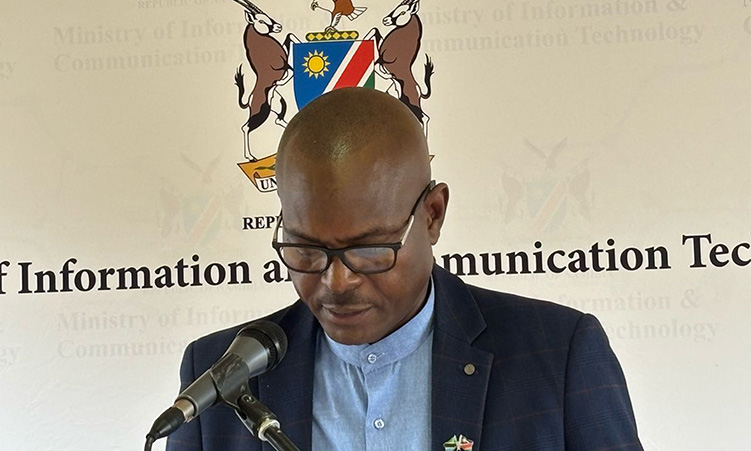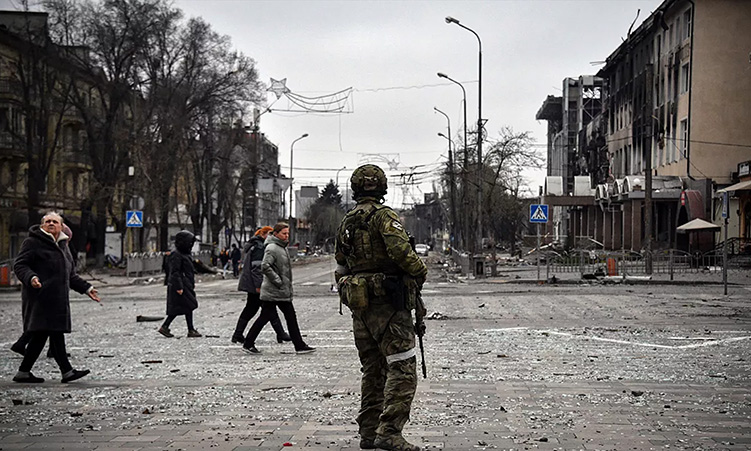THE Caprivi Regional Emergency Management Unit (REMU) is preparing to evacuate villagers from areas surrounded by floodwaters in the eastern Caprivi as the Zambezi River rises.
It reached 6,42 metres, as measured at Katima Mulilo, yesterday. The current level is now just four centimetres off last year’s peak which was reached on April 29.EMU Deputy Director Gabriel Kangowa said yesterday that three boats had been obtained from the military base at Katima Mulilo to move people to safety as well as for the delivery of food aid.A team from the Regional Council’s office is set to travel to affected areas this week to help those threatened by the floodwaters.The river broke the six-metre barrier on Sunday – having reached the five-metre mark just the week before.Over the past three weeks, the river has risen by almost a metre each week.Yesterday it was more than two metres higher than at the same time last year.Next week a team of representatives from the World Food Programme, Unicef, Ministry of Health, National Planning Commission and the Red Cross, along with the regional task team, will travel to the region to do a comprehensive assessment.Kangowa said the top priority was to identify a piece of land for the relocation of severely affected people.He said the exact number of people who needed to be moved was not yet known.Temporary shelters would have to be built for those evacuated and officials were determining whether tents used during last year’s floods would be sufficient.Last year’s floods displaced around 12 000 people – mostly in the Kabbe and Katima Rural constituencies.Kangowa said health-related issues were also of great concern.Since January, traditional leaders have pleaded with those in living in the floodplains to move their livestock to higher ground to avoid losing them and to stave off disease.The regional emergency task team is also expected to report back to the EMU soon on the number of children unable to travel to school because of the floodwaters and to arrange for temporary shelters closer to schools.Since last week, the eastern villages of Schuckmannsburg, Muzii, Nankuntwe, Malindi, Mbalasinte, Itomba and Nsundwa have all been surrounded by water and are unreachable by road.Kangowa told The Namibian that he had, however, instructed officials not only to focus their assessments on the eastern floodplains but also along the Linyanti River up to Sangwali in the south, and along the Kwando River up to Kongola in the west, following reports that the floodwaters have reached some of these areas.”We need to get a broad picture of the situation in the region so that we can report back to Cabinet,” he said.The EMU hopes to have the findings of next week’s mission ready by early April.The current level is now just four centimetres off last year’s peak which was reached on April 29.EMU Deputy Director Gabriel Kangowa said yesterday that three boats had been obtained from the military base at Katima Mulilo to move people to safety as well as for the delivery of food aid.A team from the Regional Council’s office is set to travel to affected areas this week to help those threatened by the floodwaters.The river broke the six-metre barrier on Sunday – having reached the five-metre mark just the week before.Over the past three weeks, the river has risen by almost a metre each week.Yesterday it was more than two metres higher than at the same time last year.Next week a team of representatives from the World Food Programme, Unicef, Ministry of Health, National Planning Commission and the Red Cross, along with the regional task team, will travel to the region to do a comprehensive assessment.Kangowa said the top priority was to identify a piece of land for the relocation of severely affected people.He said the exact number of people who needed to be moved was not yet known.Temporary shelters would have to be built for those evacuated and officials were determining whether tents used during last year’s floods would be sufficient.Last year’s floods displaced around 12 000 people – mostly in the Kabbe and Katima Rural constituencies.Kangowa said health-related issues were also of great concern.Since January, traditional leaders have pleaded with those in living in the floodplains to move their livestock to higher ground to avoid losing them and to stave off disease.The regional emergency task team is also expected to report back to the EMU soon on the number of children unable to travel to school because of the floodwaters and to arrange for temporary shelters closer to schools.Since last week, the eastern villages of Schuckmannsburg, Muzii, Nankuntwe, Malindi, Mbalasinte, Itomba and Nsundwa have all been surrounded by water and are unreachable by road.Kangowa told The Namibian that he had, however, instructed officials not only to focus their assessments on the eastern floodplains but also along the Linyanti River up to Sangwali in the south, and along the Kwando River up to Kongola in the west, following reports that the floodwaters have reached some of these areas.”We need to get a broad picture of the situation in the region so that we can report back to Cabinet,” he said.The EMU hopes to have the findings of next week’s mission ready by early April.
Stay informed with The Namibian – your source for credible journalism. Get in-depth reporting and opinions for
only N$85 a month. Invest in journalism, invest in democracy –
Subscribe Now!










